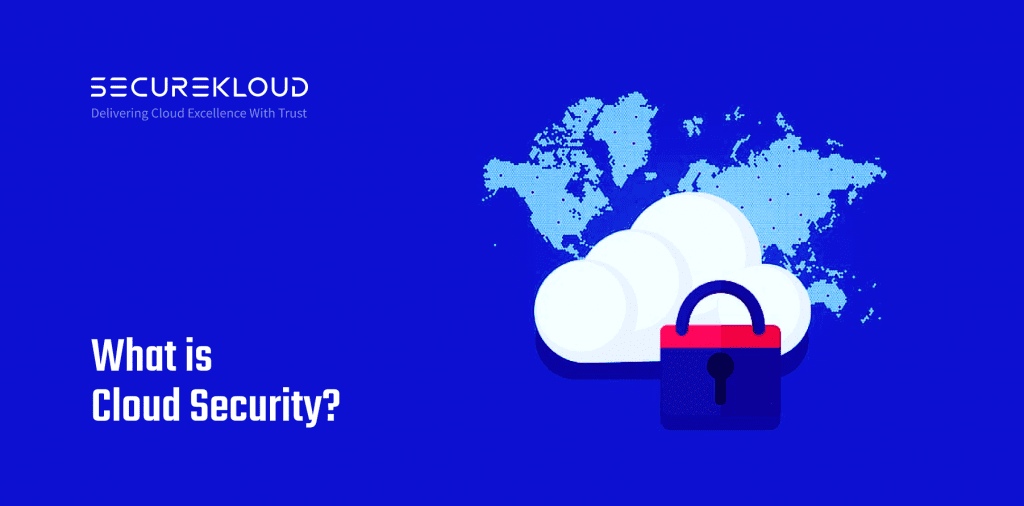- 3Minutes
- 561Words
- 7Views
As businesses increasingly migrate their operations to the cloud, they are also moving into a more interconnected world where data and information are shared freely. However, this connectivity also means that customers’ data is vulnerable to security breaches. A business’s cloud security systems must be in place to protect against unauthorized access to their systems, theft of their information and resources, or any other malicious activity that could damage their reputation or finances.
Cloud security is a broad term that encompasses the technologies, policies, and procedures used to secure cloud computing environments. Cloud computing is a model of delivering computing resources (such as servers, storage, and applications) over the internet, on-demand, and as a service. Cloud security is important because it ensures that sensitive data and critical systems are protected in the cloud, just as they would be in an on-premise environment.
The security challenges associated with cloud computing are fundamentally different from those of traditional on-premise computing. With traditional computing, security measures are implemented within the physical confines of a company’s network. However, with cloud computing, data and applications are stored in third-party data centres, making it more difficult to implement traditional security measures. As a result, cloud security systems require new and innovative security measures that can adapt to the dynamic nature of cloud computing.
Cloud security involves a range of technologies, policies, and procedures, including:
- Identity and Access Management (IAM): IAM is used to manage user access to cloud resources. IAM policies are used to grant or deny access to cloud resources based on user roles and permissions.
- Encryption: Encryption is used to protect data in transit and at rest in the cloud. Encryption keys must be managed carefully to ensure the security of the encrypted data.
- Network Security: Network security involves the use of firewalls, virtual private networks (VPNs), and intrusion detection and prevention systems (IDPS) to protect cloud networks from attacks.
- Vulnerability Management: Vulnerability management involves the identification and remediation of vulnerabilities in cloud systems, applications, and infrastructure.
- Compliance: Compliance refers to the adherence to regulatory requirements and standards, such as HIPAA, PCI-DSS, and GDPR. Compliance controls must be implemented to ensure that data is handled and stored in accordance with these standards.
Why is Cloud Security Important?
Cloud security is important because it ensures that sensitive data and critical systems are protected in the cloud, just as they would be in an on-premise environment. Cloud computing offers many benefits, including cost savings, scalability, and flexibility. It also introduces new security challenges that must be addressed. These challenges include data breaches, insider threats, lack of visibility, compliance, and vendor lock-in.
Cloud security is also important because it enables businesses to take advantage of the benefits of cloud computing without sacrificing security. With a robust cloud security strategy in place, businesses can confidently move their critical systems and sensitive data to the cloud.
Conclusion
In conclusion, cloud security is essential for businesses that store sensitive data or applications in the cloud. Cloud security involves implementing innovative security measures that can adapt to the dynamic nature of cloud computing. Cloud security is critical for businesses of all sizes and industries, as cyber threats continue to evolve and become more sophisticated. By implementing robust cloud security measures, businesses can protect their sensitive data and applications from unauthorized access and cyber-attacks, while also ensuring compliance with industry regulations and standards.







